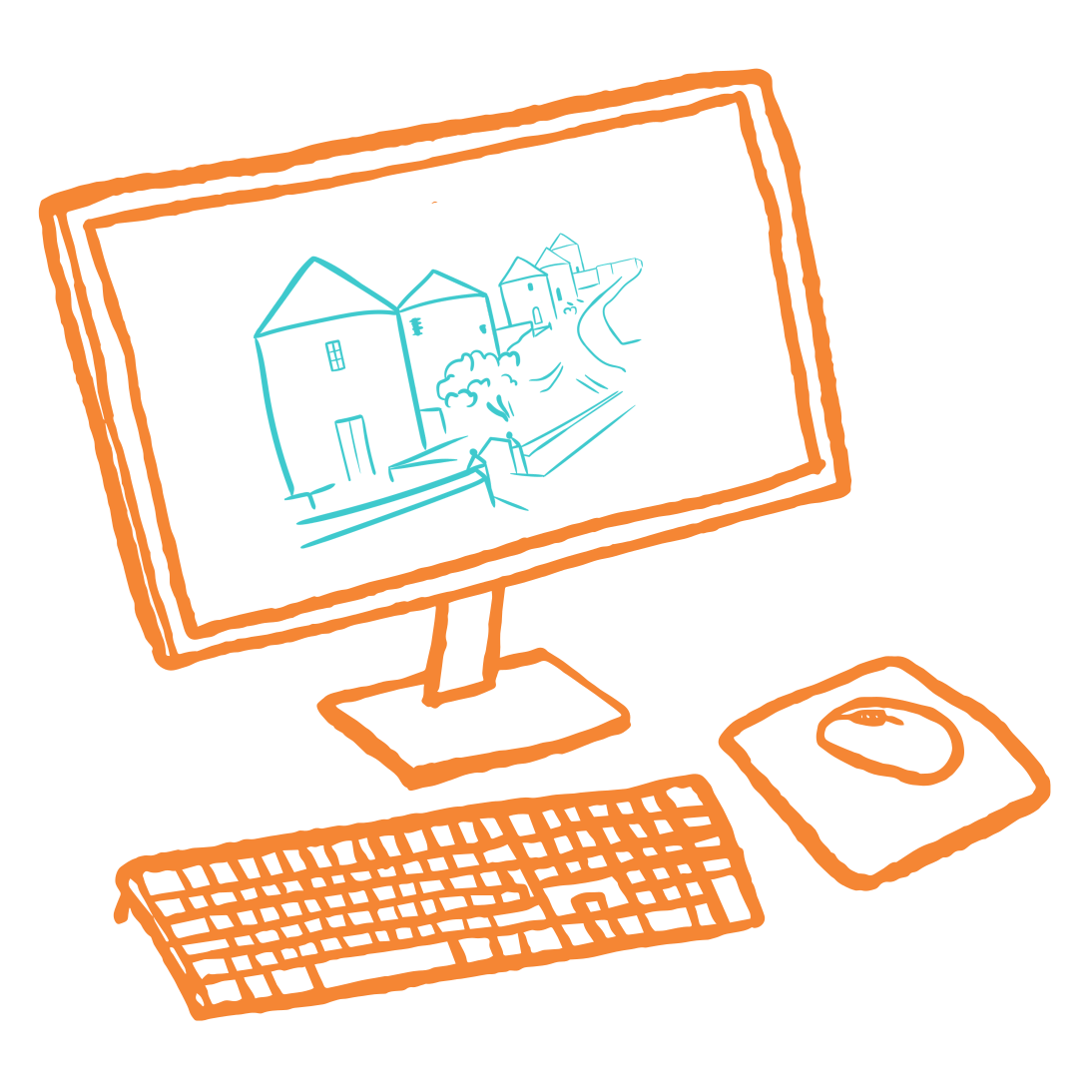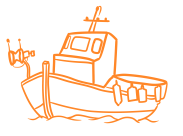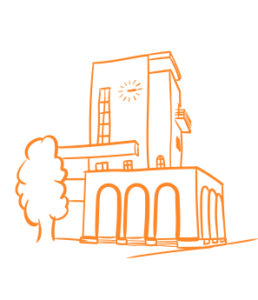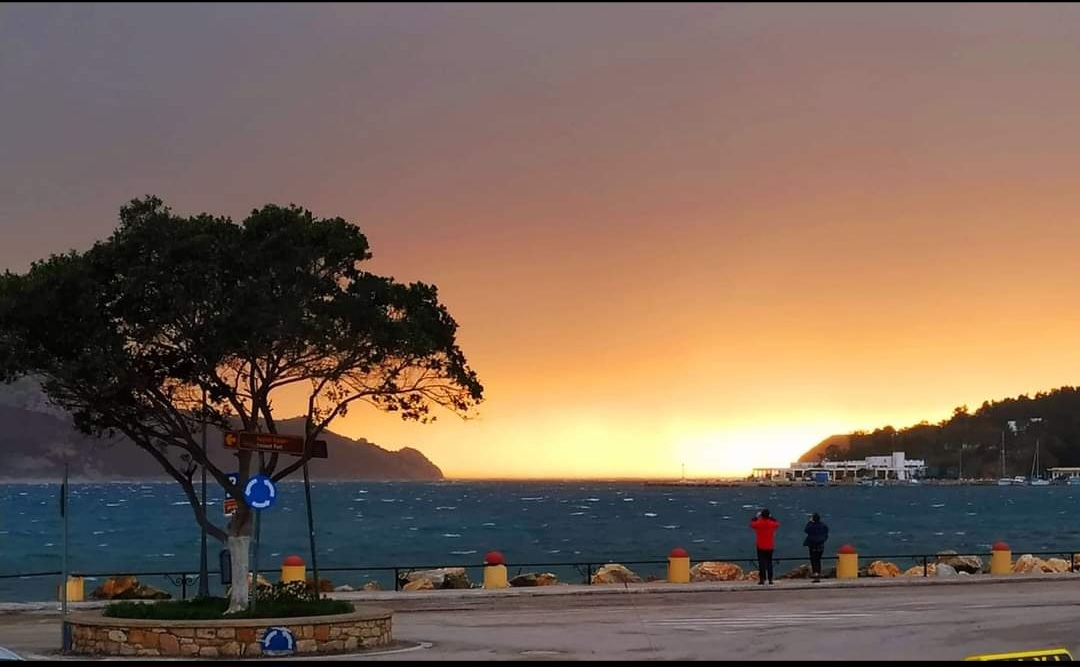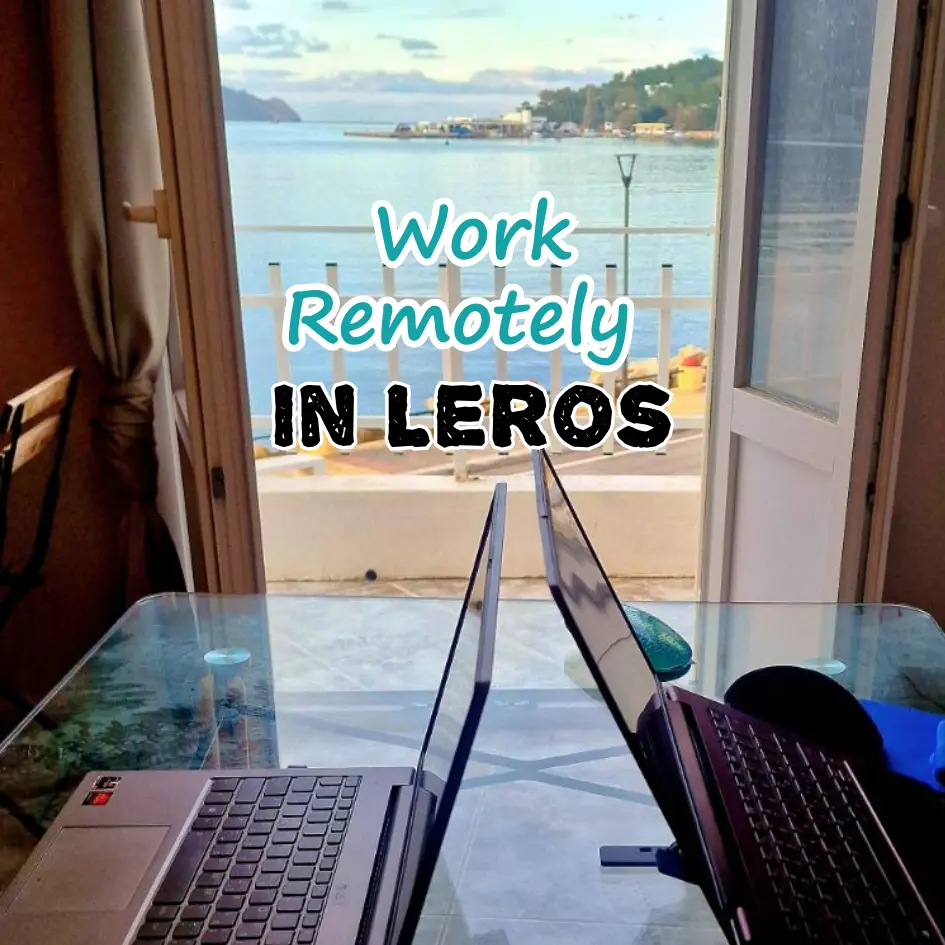Leros, the small Greek island, has a rich educational history that can be attributed to the continuous contributions made by its diaspora and the erudition of its people. The island’s educational excellence dates back to the 17th, 18th, and 19th centuries, as evidenced by the prominent teachers who taught in its schools and the wide range of subjects they covered.
During the late 17th century, the School of Panagia Kastro employed Spandonis, who taught Greek, Aristotle’s Logic, Arithmetic, and History. The 18th century saw the rise of several well-known teachers, such as Nikitas Petrou Lerios, Gavriel Karnitis, Patmios Daniel, Bishop Ignatios of Lernes, and many others.
In 1838, the Community of Leros constructed a building to accommodate two schools: “Hellenic” and “Allelodidaktin”. By 1865, a girls’ school was established, hosting around 200 students. The boys’ schools during this time included the “Urban School” (1880) with 350 students and the “Greek School” (1882 or 1884) with 70 students. The Urban School building now houses the Archaeological Museum and bears a marble inscription detailing its establishment by the Leriak Brotherhood in Cairo in 1882.


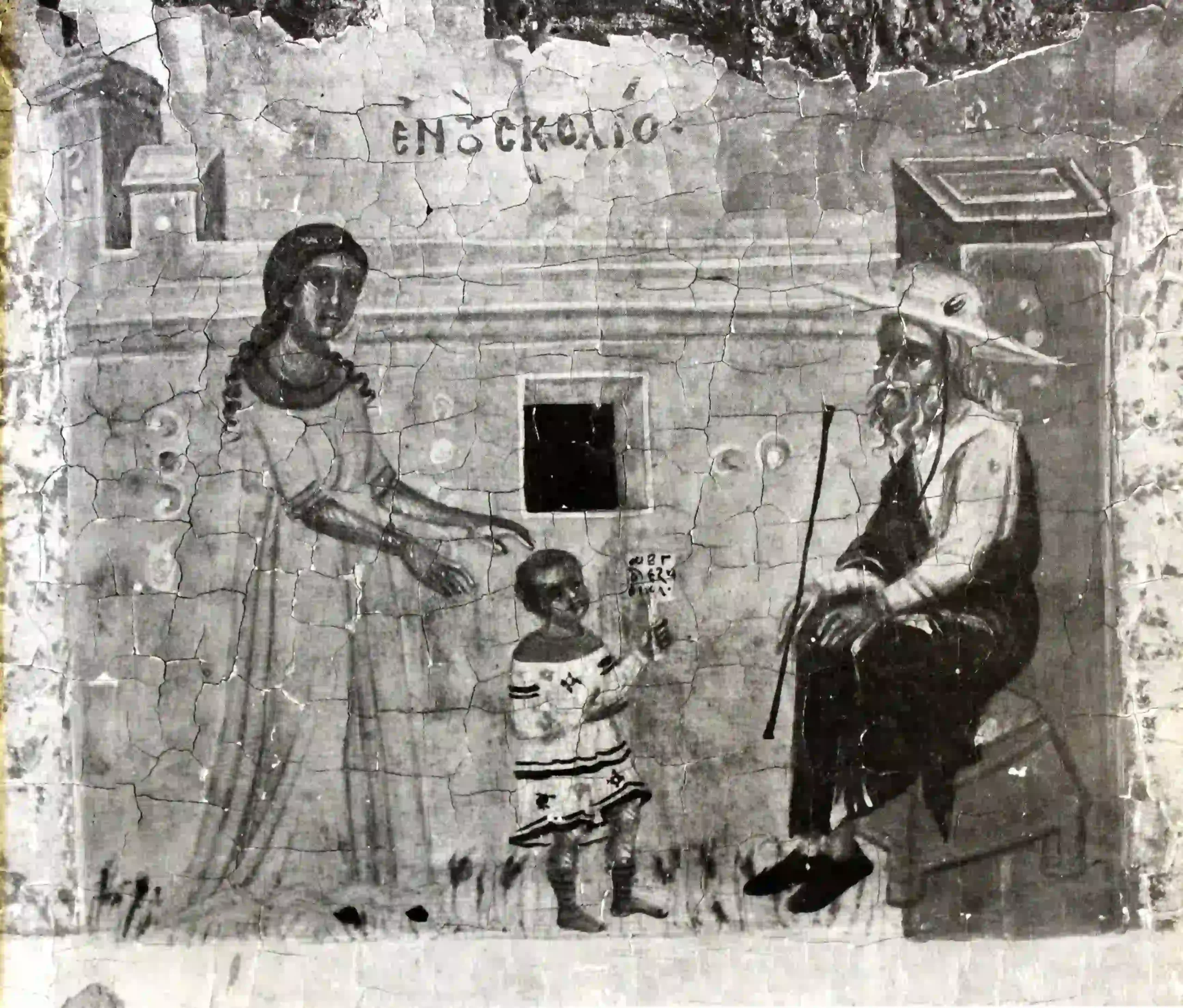
The 19th century saw an abundance of benefactors and donations that led to a renaissance in Leros’ schools. Vasilios Nicolaidis, a Leriak from Egypt, constructed the “Nicolaideion Girls’ School” in 1890, which became one of the best girls’ schools in the East. In 1910-1912, Theodoros G. Malachias built the “Malachiion Kindergarten”, considered the finest in the Aegean and recognized as one of the island’s great benefactors.
The Italian occupation of Leros in 1912 brought significant changes to the educational landscape. At the time, there were seven schools with 15 teachers and around 790 students. In 1913, Leros High School was established and was recognized as a full high school in 1929. The Italians introduced the teaching of Italian in the schools in 1926, and by 1937, Greek schools were converted into Italian schools, with the teaching of Greek prohibited. Greek schools reopened in 1943-44 with permission from the Germans.
Throughout these challenging years, a multitude of teachers offered their services under difficult conditions, teaching Greek culture and history with faith and dedication. These individuals are owed immense gratitude for their efforts in preserving Greek identity on the island.
Today, Leros is home to four primary schools, six kindergartens, two gymnasiums, one general high school, and one EPAL. Following the liberation in 1947, responsibility for Leros’ schools shifted to the Greek military administration until the Dodecanese’s incorporation into the Greek state in 1948.
In subsequent years, the island continued to develop its educational infrastructure. The “Nicolaideio Girls’ School” and the “Malachiio Kindergarten” were converted into primary schools, and several new primary schools were established in various regions of Leros. The island’s educational landscape has continued to evolve, ensuring that the flame of Greek culture and learning remains bright in the hearts of Leros’ children.
(Source: Kostas Aslanidis research for the education in Leros)
